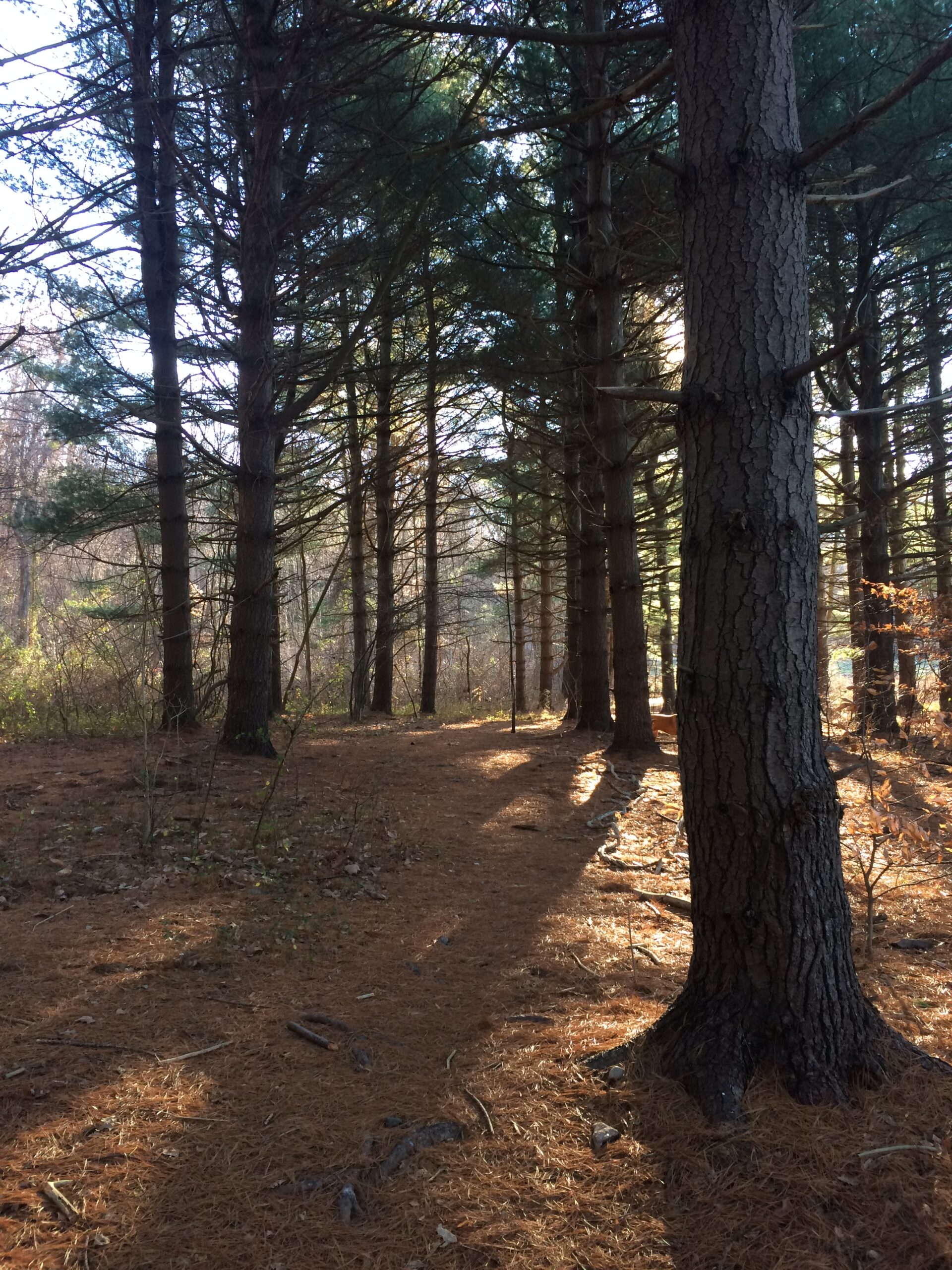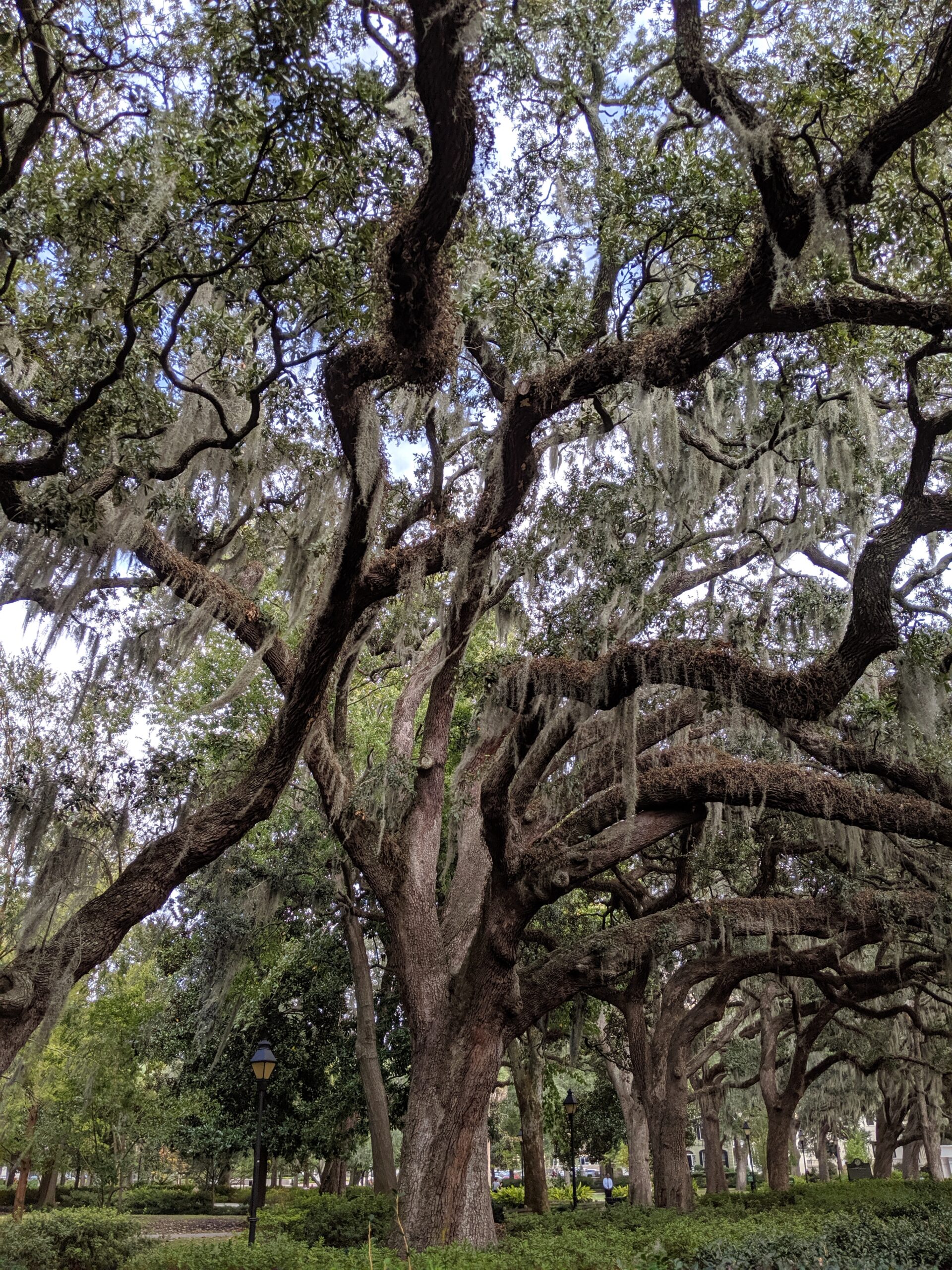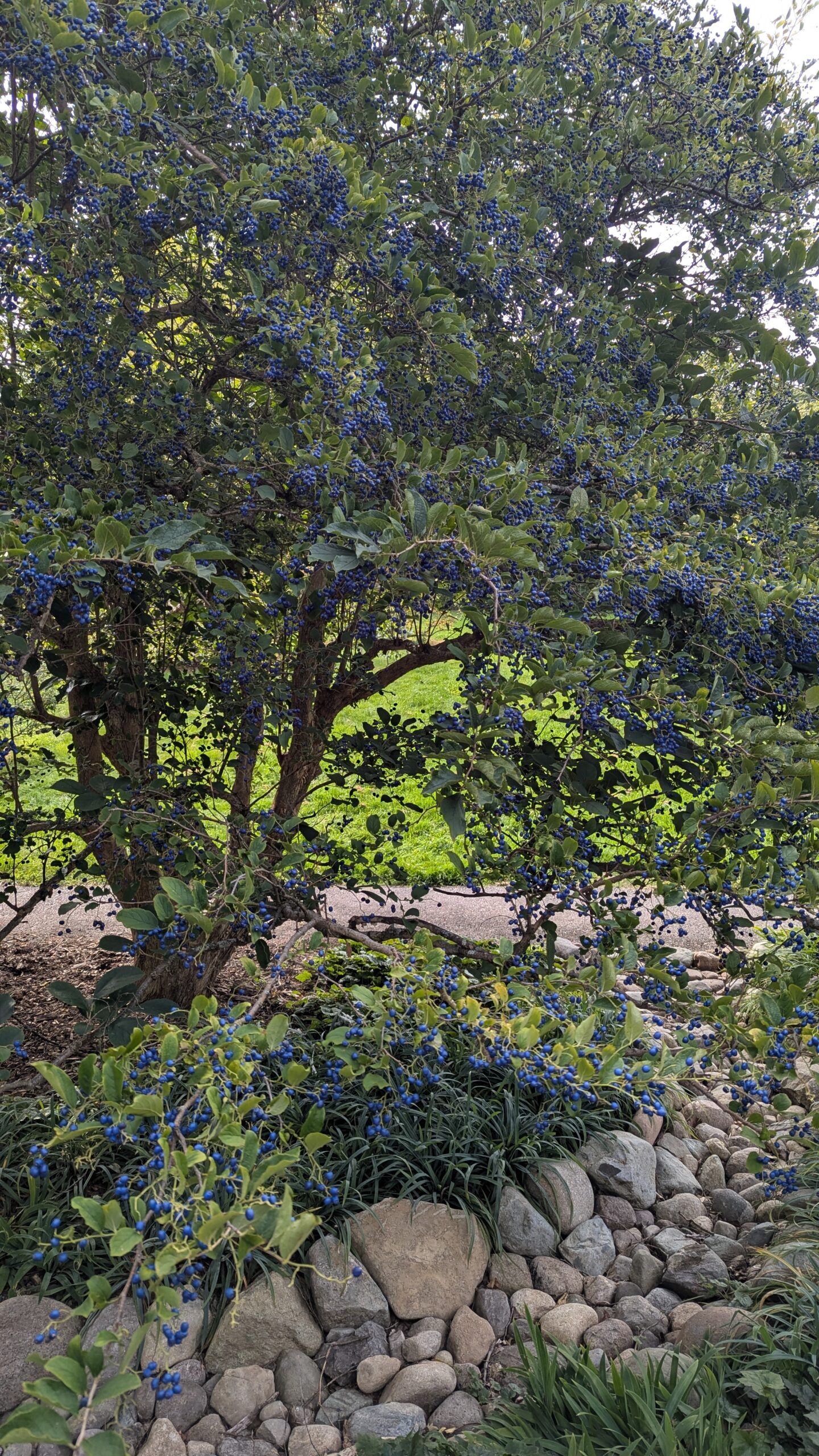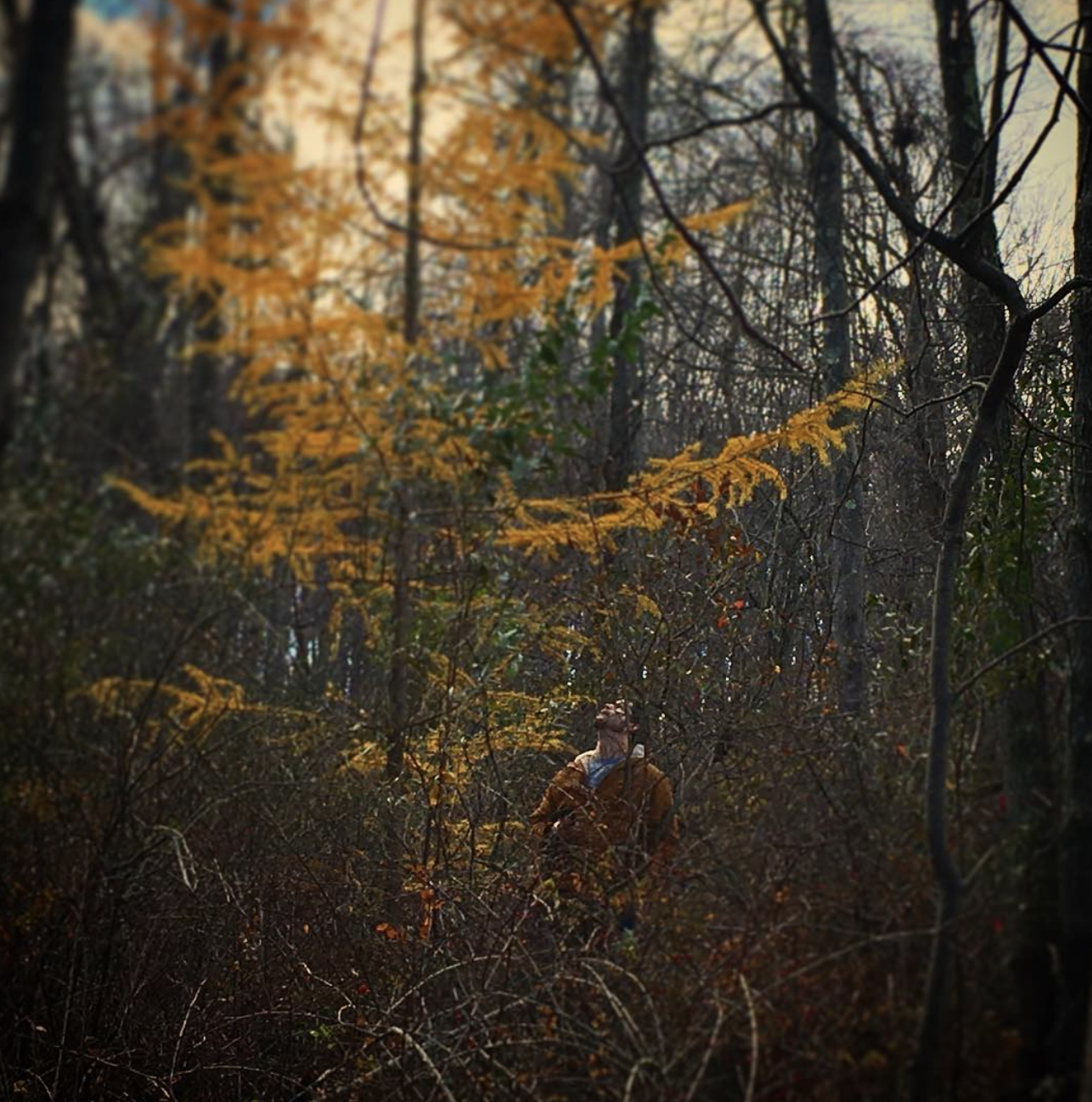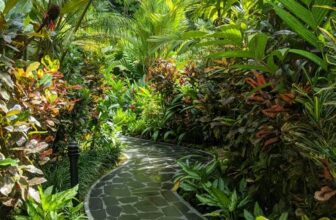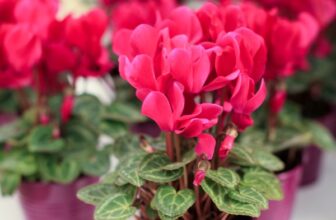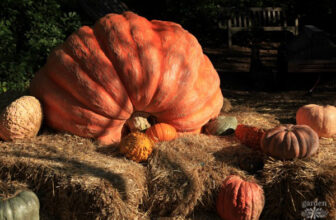Hi GPODers,
Today I wanted to dedicate the GPOD to a type of plant we all know, love, and rely on—but often treat as “background scenery” rather than as essential players in a great landscape: trees! Gardeners can have a love/hate relationship with them. We love trees because…well, how could anyone not? But for those of us gardening under heavy shade on wooded lots, an abundance of trees can sometimes feel like both a blessing and a challenge.
One of my earliest memories is receiving a small evergreen—don’t ask me what kind—from my preschool and walking up the hill behind our house with my parents to plant it. I remember being amazed that I could plant a tree and it would simply…grow. We moved a few years later, but I often wonder whether that little tree survived and how tall it might be now, forty years on.
(By the way, if you’re interested in learning more about growing conifers, you’ll definitely want to sign up for the free Conifer Q&A webinar this Friday with Mark Dwyer.)
In early spring, the star magnolia (Magnolia stellata) in my parents’ backyard is always one of the first signs that warmer days are coming. Many lovely meals and long conversations have happened under its spreading branches.
Another favorite from their yard is the horse chestnut (Aesculus hippocastanum), which flowers beautifully in late spring and sprinkles petals all over the ground. When the wind catches them and sends them swirling around the yard, it feels like a celebration of the season—springtime confetti!
Pines (Pinus sp.) can be polarizing, I know, but there’s nothing quite as majestic—or peaceful—as a pine forest. The soft carpet of needles and the hushed quiet of that landscape make walking through it a true delight.
I absolutely adore the sculptural branches of the Southern live oak (Quercus virginiana). These trees also have a special place in my heart because they tend to be excellent climbing trees. One promise I’ve made to myself is to never stop climbing trees—and as I enter my 40s, the easier the climb, the better! These oaks were photographed in Savannah, GA, a place famous for its breathtaking trees and gardens. The Spanish moss (Tillandsia usneoides) draped from their branches softens the whole scene and adds a wonderful sense of mystery.
This sapphire berry tree (Symplocos paniculata) stopped me in my tracks at the Arnold Arboretum this past September. Of all the stunning trees we saw that day, this was the only one that made me shout for the golf cart to pull over so I could take a closer look. I don’t know if everyone has a “unicorn” plant they dream of growing, but this one is mine. The intensity of the blue berries was absolutely jaw-dropping.
A close-up only made me love it more. With my birthday in September, sapphire is my birthstone—so I suppose this tree and I were meant to be.
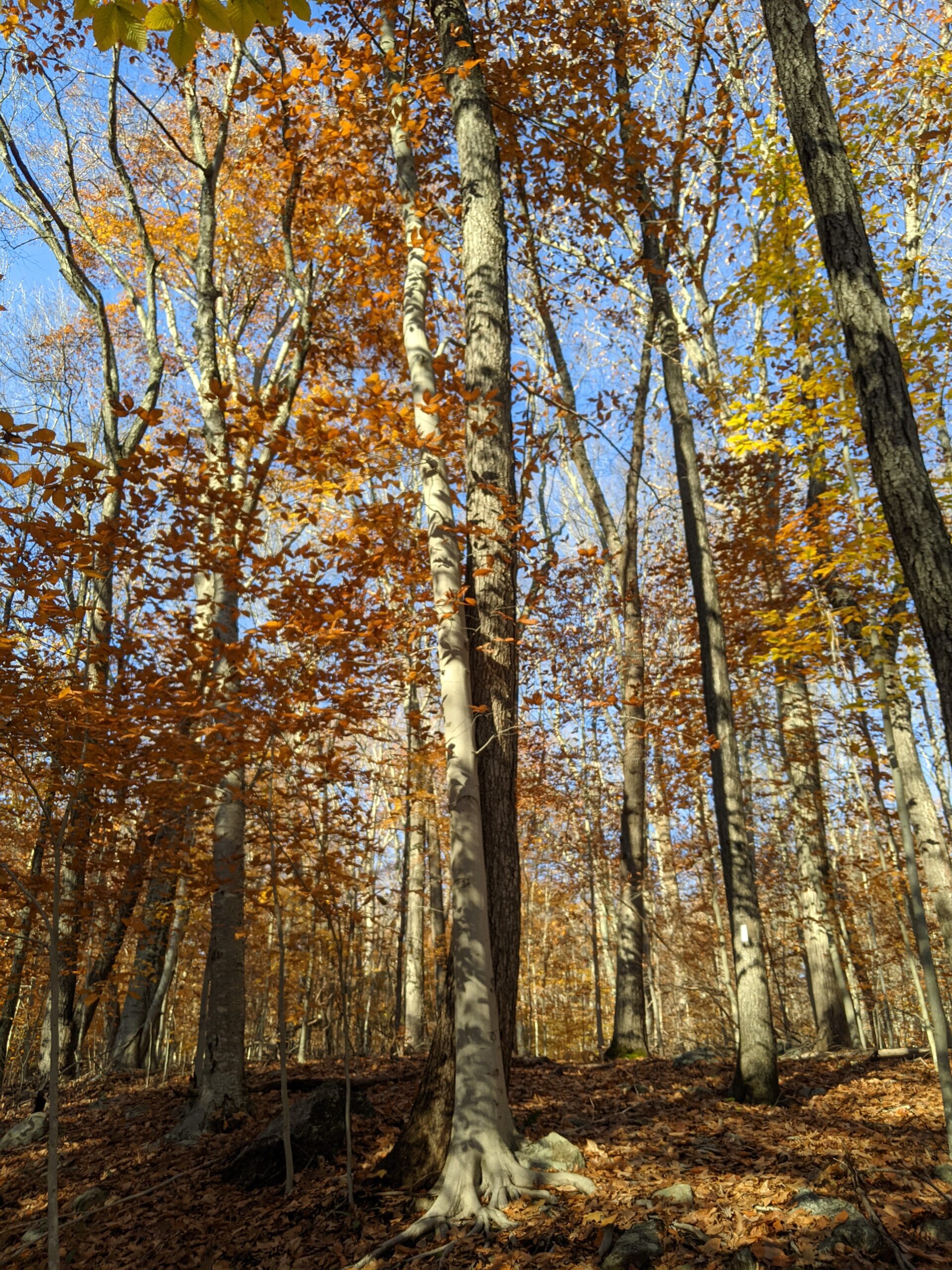 I’ve always loved trees with pale bark, such as white birch and aspens, but for some reason beeches might be my favorite. I especially love how they hold onto their leaves well into winter. The American beech (Fagus grandifolia), unfortunately, is now under serious threat from beech leaf disease—a very unsettling reality. This fall, when I visited the Arnold Arboretum with a few colleagues, we spoke with their horticulturists about what can be done to preserve our native beeches. We’ll be sharing a video on that topic early in the new year.
I’ve always loved trees with pale bark, such as white birch and aspens, but for some reason beeches might be my favorite. I especially love how they hold onto their leaves well into winter. The American beech (Fagus grandifolia), unfortunately, is now under serious threat from beech leaf disease—a very unsettling reality. This fall, when I visited the Arnold Arboretum with a few colleagues, we spoke with their horticulturists about what can be done to preserve our native beeches. We’ll be sharing a video on that topic early in the new year.
My now-husband and I came across this next tree on one of our first hikes together. I had never seen a tree with yellow needles before—and I’m not sure I’ve seen one since (at least, not in the wild). It must have escaped from a nearby garden. I later learned it was likely a tamarack, or American larch (Larix laricina). These trees lose their needles in winter, then re-emerge bright green in spring before slowly turning golden in fall. It’s become another must-have on my future tree list once we’re more settled in our home.
I could easily keep going—or dedicate an entire week of GPOD to trees. A few more favorites I don’t currently have good photos of include bald cypress, white oak, weeping Alaskan cedar, and river birch. And one tree I’m dying to add someday is a ‘Merlot’ redbud.
What about you? What are your favorite trees?
We want to see YOUR garden!
Have photos to share? We’d love to see your garden, a particular collection of plants you love, or a wonderful garden you had the chance to visit!
To submit, send 5–10 photos to [email protected] along with some information about the plants in the pictures and where you took the photos. We’d love to hear where you are located, how long you’ve been gardening, successes you are proud of, failures you learned from, hopes for the future, favorite plants, or funny stories from your garden.
Have a mobile phone? Tag your photos on Facebook, Instagram, or Twitter with #FineGardening!
Do you receive the GPOD by email yet? Sign up here
Fine Gardening Recommended Products

New England Springport Arbor Trellis
Fine Gardening receives a commission for items purchased through links on this site, including Amazon Associates and other affiliate advertising programs.
The New England Springport Arbor brings classic style and smart function to any garden. Its flat-top design and crisp white vinyl finish create a clean, modern look—without the upkeep.
Perfect for small-space gardening, the half-lattice side panels support climbing plants like roses, clematis, or grapes, helping you grow vertically when ground space is limited.
Built-in eye hooks make it easy to hang flower baskets or garden décor, while the open top allows sunlight to filter through.
Whether used to frame a narrow path or define a cozy corner, this arbor adds structure, height, and charm to any small outdoor space.
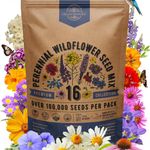
Organo Republic 16 Perennial Wildflower Seeds Mix for Indoor & Outdoors
Fine Gardening receives a commission for items purchased through links on this site, including Amazon Associates and other affiliate advertising programs.
Premium 16 Perennial Wildflower Seeds Mix – Special Garden Flower Seeds Blend designed for planting indoor & outdoors across North America. With over 16 varieties and 100,000 wildflower seeds, this mix is the best solution to attract pollinators – bees, butterflies & birds are essential for garden plants health. Our Special Perennial Wildflower Seeds Mix Includes White Yarrow, Columbine, New England Aster, Siberian Wallflower, Shasta Daisy, Lance-Leaf Coreopsis, Sweet William, Purple Coneflower, Blanketflower, Gayfeather, Blue Flax, Lupine, Dwarf Evening, Primrose, Mexican Hat, Prairie Coneflower, Black Eyed Susan. Easy & Fun Growing Experience with our online guides – Don’t plant disappointment – Add more colors to your wildflower garden! We send only super hearty heirloom flower seeds with the highest germination rate and fast sprout. Our detailed growing guide helps you grow seeds the garden of your dream like a PRO. Colorful Wildflower Garden from Seeds – Grow wildflowers everywhere – Indoor in window garden or Outdoors Flower garden Garden make a beautiful design for your garden borders, pathways, field or meadow and attract pollinators. Made in the USA by Small Family-Owned Business – Quality You Can Trust – Our wildflower bulk seeds variety pack are tested at the highest germination rates before being sealed to last for up to 3 years before you need to plant. Each packet of our flower seeds variety pack is resealable to make it easy to store and has its own label with a QR code for the growing instructions.

Ho-Mi Digger – Korean Triangle Blade
Fine Gardening receives a commission for items purchased through links on this site, including Amazon Associates and other affiliate advertising programs.
Versatile Tool: The Easy Digger Korean Triangle Blade Ho Mi Ho-mi is a versatile gardening tool designed for leveling and digging in home and garden settings. Efficient Design: Its unique triangular blade shape allows for easy soil penetration and efficient leveling of garden beds or landscaping areas. Durable Construction: Crafted with sturdy materials, this tool ensures long-lasting performance and reliability.
Ergonomic Handle: The comfortable handle provides a secure grip, reducing hand fatigue during extended use. Compact Size: Its compact design makes it easy to maneuver in tight spaces and store when not in use.



